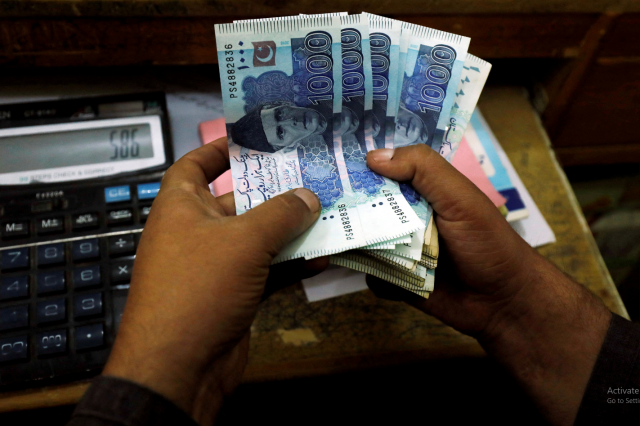Pakistan’s remittances grew 11.3% year-on-year to $3.2 billion in September 2025, according to data compiled by KTrade Research. On a monthly basis, entries recorded a modest increase of 1.46%.
The increase was largely driven by a 2.6% rise in remittances from GCC countries, which supported overall flows during the month. In contrast, remittances from the UK fell 1.9% month-on-month, reflecting more moderate seasonal trends.
The Pakistani rupee appreciated by 0.15% month-on-month, closing at Rs 281.21 per US dollar as of October 8, 2025, despite a 1.43% rise in the US Dollar Index (DXY), according to KTrade.
Analysts attributed the currency’s resilience to strong fund inflows and stricter administrative measures aimed at narrowing the gap between interbank and free market exchange rates.
Overall, remittances in the first quarter of FY26 increased by 8.4% year-on-year, indicating sustained support from overseas Pakistanis amid gradual economic stabilization.
Read: Remittances fall 2.4% month-on-month as US, UAE decline
Earlier in August 2025, Pakistan received $3.14 billion in workers’ remittances, 2.4% lower than the $3.21 billion received in July, as remittances from the United States, United Arab Emirates and South Korea slowed, although they were partially offset by higher receipts from Saudi Arabia. Saudi Arabia and EU countries.
Pakistan’s remittances rose 7% year-on-year in August, but inflows from key corridors declined, raising concerns about sustainability despite overall growth, according to the State Bank of Pakistan (SBP). Despite strong flows from Saudi Arabia, the United Arab Emirates and the European Union (EU), remittances from the United States fell 13.7 percent in August compared to last year, underscoring Pakistan’s reliance on Middle Eastern markets to offset weakening North American contributions.
Pakistan’s remittance growth remains heavily dependent on the Gulf region, with Saudi Arabia and the United Arab Emirates alone contributing almost half of inflows in August, exposing the country to risks from economic and political changes in host countries.
While remittances from Europe jumped 18%, sharp declines from Malaysia (-19%) and South Korea (-11%) indicate volatile flows from secondary labor markets.
Overall, with an inflow of $6.4 billion, remittances increased by 7% in the first two months of FY26, compared to $5.9 billion during the same period last year.
August’s remittances came mainly from Saudi Arabia ($736.7 million), the United Arab Emirates ($642.9 million), the United Kingdom ($463.4 million) and the United States ($267.3 million).




